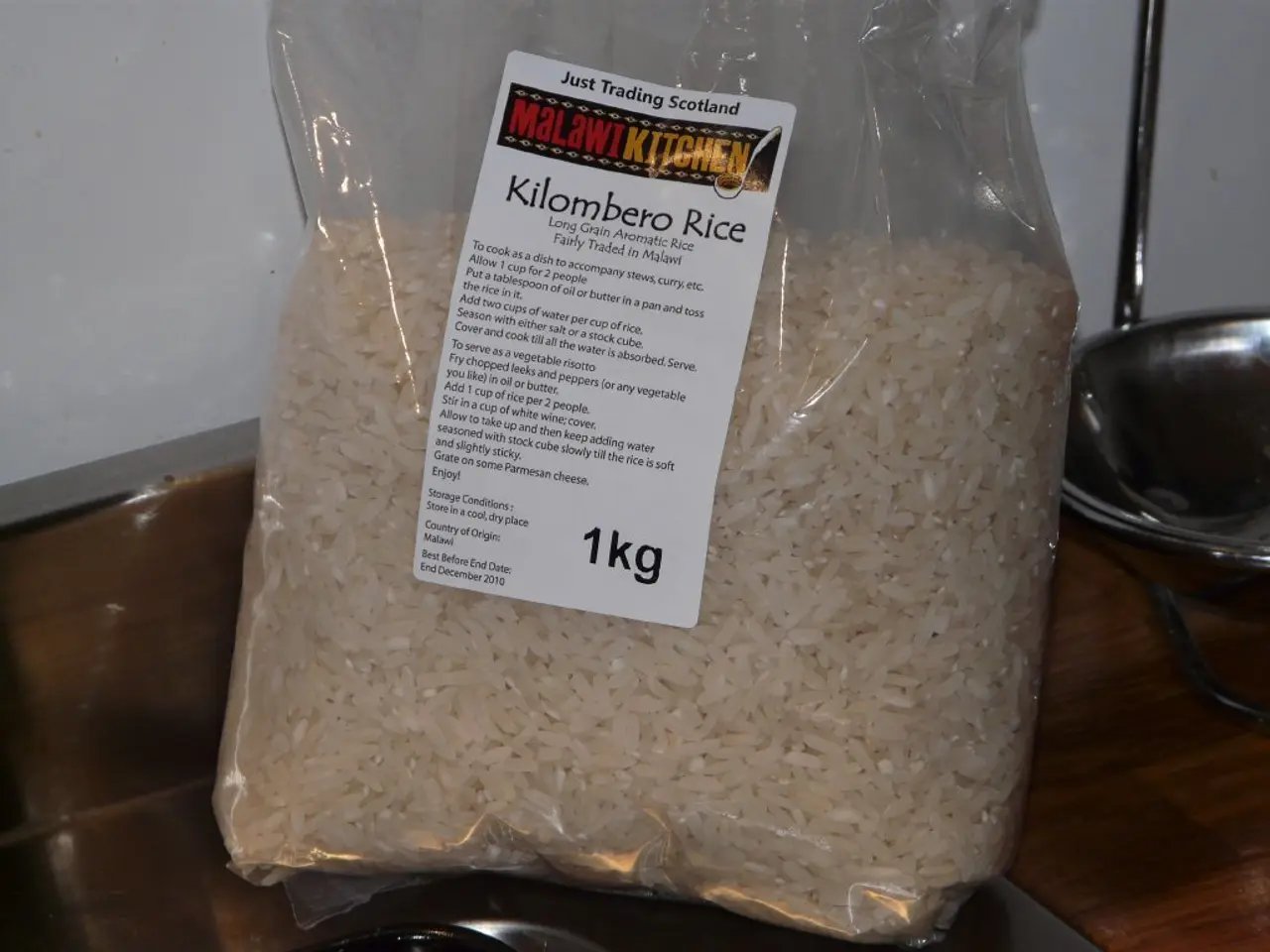Ancient teeth reveal the earliest evidence of this psychotropic compound's use, which dates back 4,000 years.
In a groundbreaking study published in Frontiers in Environmental Archaeology, researchers have provided the earliest direct biochemical proof of betel nut consumption in Southeast Asia. This discovery dates back about 4,000 years to the Bronze Age, shedding light on the history and significance of betel nut use in ancient Thai communities.
The team behind this research consisted of researchers from eight institutions across three continents, led by Dr. Moonkham, who has personal attachments to the practice, having childhood memories of his grandparents often chewing betel quids.
The study, conducted on dental samples from Nong Ratchawat, a Neolithic burial site in central Thailand, collected in 2021, used a novel approach: dental plaque analysis. This technique, which is not commonly used in archaeology due to the expensive machinery required, such as an Orbitrap, one of the most advanced mass spectrometers on the market, extracts, separates, and identifies chemical compounds by measuring their weight compared to their electrical charge.
The analysis revealed the presence of arecoline and arecaidine—primary psychoactive compounds in betel nuts—in the dental calculus of one female individual. This finding is significant because it demonstrated the consumption of betel nuts, even in individuals whose teeth did not show the typical staining associated with the habit.
This approach goes beyond previous evidence such as archaeological recovery of nutshells or tooth discoloration and offers a more sensitive method to confirm betel nut use in ancient populations. It reveals both the widespread nature and cultural depth of betel chewing in prehistoric Thai communities.
Dr. Moonkham plans to dig deeper into the social, religious, and medicinal roles of betel nut in ancient societies in future projects. He believes the practice has been overly "demonized" and hopes research like this can show the long history of betel nuts in Thailand and their importance in society.
The method used in the study, liquid chromatography-mass spectrometry (LC-MS), is currently used in a variety of fields, including pharmaceuticals, food safety, and environmental testing. This technique does not destroy the original samples, leaving the remains intact for future study.
It's worth noting that betel nut is the world's fourth most commonly used psychoactive substance, after caffeine, alcohol, and nicotine, with hundreds of millions of users globally. The practice of betel nut chewing has been strongly discouraged by the government in Thailand since the 1940s, but it is still popular in rural areas and among older generations.
This study not only provides valuable insights into the past but also opens new avenues for understanding ancient practices through the application of advanced scientific techniques. The technique used could be applied to a wide range of plant and food residues, potentially offering a wealth of information about our ancestors' diets and cultural practices.
- The groundbreaking study published in Frontiers in Environmental Archaeology employed a novel technique called dental plaque analysis, which is not commonly used in archaeology due to the expensive machinery required, such as an Orbitrap mass spectrometer.
- This approach, used by a team of researchers from eight institutions across three continents and led by Dr. Moonkham, goes beyond previous evidence by offering a more sensitive method to confirm betel nut use in ancient populations.
- Dr. Moonkham, who has personal attachments to the practice, plans to dig deeper into the social, religious, and medicinal roles of betel nut in ancient societies in future projects.
- The liquid chromatography-mass spectrometry (LC-MS) technique used in the study, which is currently used in a variety of fields, does not destroy the original samples, leaving them intact for future study and potentially offering a wealth of information about our ancestors' diets and cultural practices.




